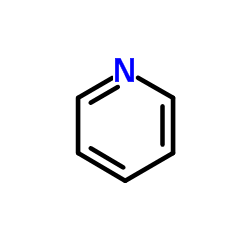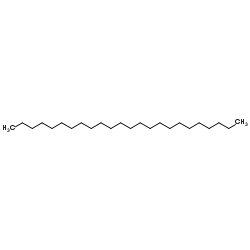| Structure | Name/CAS No. | Articles |
|---|---|---|
 |
Pyridine
CAS:110-86-1 |
|
 |
Tetracosane
CAS:646-31-1 |